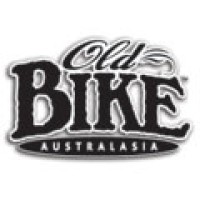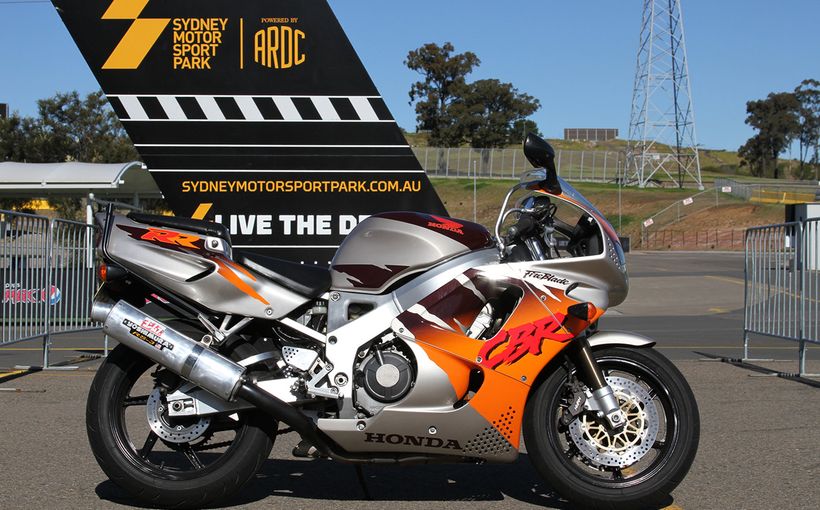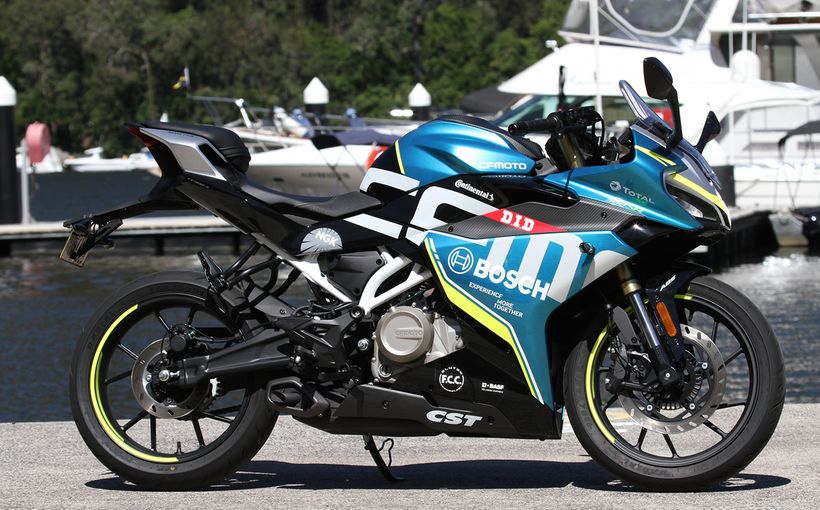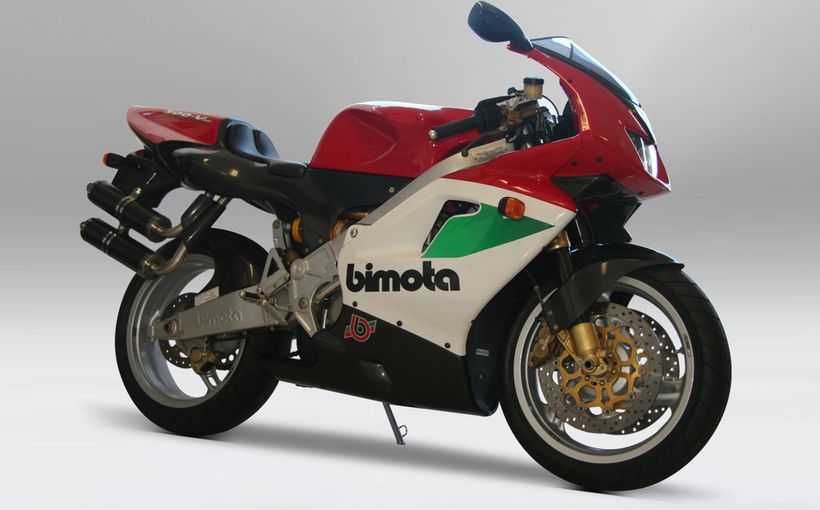Old Bikes Australasia: Triumph Bandit - Triumph’s last gasp. The abandoned Bandit.

In the early 1970s, the world was going crazy over the surge of big bikes from Japan, beginning with the Honda CB750 and followed by the Suzuki GT750 and the Kawasaki Z1. But Honda’s volume seller in the USA, and hence overall, was not a big bike, but the CB350, a relatively straightforward 325cc single overhead cam parallel twin that at one stage commanded 20% of the US market. The model provided the entry level for thousands, many of whom stayed with motorcycling and went on to bigger models. Triumph, admittedly, did have a 350cc twin in their range – the Tiger 90 – but the design harked back to the pre-war Speed Twin, and compared to the Honda, it looked positively ancient. It was a point not lost on Edward Turner, the now-retired legendary Ariel, Triumph and BSA designer, who, under instructions from BSA Chairman Eric Turner (no relation) in 1968 drew up his answer to the Japanese middleweight invasion. It was a radical departure for Turner and the BSA/Triumph group as a whole; a double overhead camshaft, parallel twin with the crankshaft set in Honda-style 180-degree format. The Triumph made it to prototype stage and clocked an impressive 180 km/h on the test track, but it was also fragile with a healthy appetite for oil as well as crankshafts and valves.

Turner’s design was quietly pushed aside until Bert Hopwood and Doug Hele, under considerable pressure from BSA MD Lionel Jofeh (a man who openly disliked motorcycles!) were forced to take an interest in it. Hele redesigned the crankshaft with bob weights to counter the vibrations inherent in the 180-degree design, and simplified the camshaft drive. He added a five-speed gearbox and the now-mandatory electric start, and installed the unit in a frame that had originally been designed by Reynolds for the 500cc T100-based racer campaigned by factory tester Percy Tait and adapted for the 750cc triples raced at Daytona. Hele of course, had prior experience with the 180-degree concept, having designed the prototype 349cc Norton Navigator, but by the time this ill-fated model actually reached production, it was in 360-degree form due basically to the fact the cylinder head had been designed to accept only a single carburettor.

With this experience in mind, twin carburettors and twin exhausts were specified for the Triumph/BSA model, which gained the model names of Bandit and Fury respectively and probably the wrong way around. The final, production, specification for the engine utilised chain-driven camshafts instead of Turner’s original chain and gear arrangement, a one-piece steel forged crankshaft with 30 mm diameter mainshafts with a 72 mm ball bearing on the right (drive) side and a 62 mm roller bearing on the left. Connecting rods were forged in Hiduminium RR56 with steel big-end caps, housing steel-backed lead-bronze split shells. 5/8-inch diameter gudgeon pins ran directly in the eyes on the conrods, with sand-cast pistons giving a 9.8:1 compression ratio. The light-alloy cylinder block had steel liners shrunk in. Because the cam drive was on the left side, the cylinders were much closer together than on the Honda which had the cam drive (and two more main bearings) in the middle. The hollow camshafts with their integral 16-tooth sprockets ran directly in the head casting, with the valves actuated via inverted cups which were crowned to reduce clatter. The right hand end of the exhaust camshaft also ran the contact breaker, with the points spaced at 90 and 270 degrees with an auto-advance unit. Power output was 34 bhp at 9,000 rpm with 21 lb/ft of torque at 6,800 rpm. Twin 26 mm Amal Concentric carburettors were fitted. Top speed was quoted as 104 mph (167 km/h).

While the design department sweated and grunted on the hardware, the accountants in control of BSA/Triumph’s flagging empire were screaming for product to flog to dealers, particularly in the USA. Details were deliberately leaked to the American dealers, although the model was still far from ready for production. Brochures were printed, depicting both conventional and ‘Street Scrambler’ versions and a major press and trade launch conducted in November 1970. The initial run was scheduled as 2500 each for the BSA (B35R) and Triumph (T35R) versions, and 500 each for Street Scramblers. Production target was 100 machines per week, commencing in August 1970. Colours and badges changes were the only differences between the brands.
The BSA/Triumph work force, already struggling with the production of the revised (oil-in-frame) 650cc twins, was highly unimpressed with the new demands to produce the 350 as well, and by November, just 23 engines had been built. Fourteen motorcycles were assembled, some incomplete, mainly for road testing. As the first few test miles passed under the wheels, the problems started; faulty gearboxes, inoperative starter motors, excessive vibration, and even a broken crankshaft. No-one could coax 90 mph out of the 350 – a far cry from the 104 mph achieved by the prototype. All the while, components were piling up – reputedly as many as 800 frames were built. The company’s own Quality Control section failed to pass a single machine. It was an embarrassing, agonising and enormously expensive slide to oblivion, and in September 1971, almost one year after the planned debut, the board finally pulled the pin on the entire 350 project. Works Manager Alistair Cave was ordered to scrap the entire stock of accumulated parts.
A few of the assembled bikes had escaped and were now tucked away, and some of the frames also made it onto the market. The US magazine Cycle Guide must have got a good one for its test, describing the T35R as “probably the freshest thing to come out of England in 20 years” and predicted that “BSA and Triumph are going to be able to sell all they can crank out in the next 12 months.” The last statement was particularly fanciful, as no price had been announced, and the longer the rot went on back in Britain, the higher the projected retail figure became. In the end, there was simply no way the 350 could be sold at a profit, and there was certainly no scope for further losses.
The Triumph Bandit featured here is owned my former racer and gifted engineer Doug Fraser from Melbourne. Back in 1977, he was touring around England on his BSA A65 prior to a trip to the Isle of Man to watch the TT, when he took a wrong turn and ended up calling at a long-established dealership to ask for directions. It was not just any old dealership, it was Mead & Tomkinson, and as any BSA fan will tell you, this was the company that developed the 441cc single into a 500cc machine that won its class and split two works 750cc Laverdas to finish outright second in the torturous Barcelona 24 Hour Race of 1971. Doug struck up an immediate friendship with the shop’s owner, Michael Tomkinson. “We went out to lunch and discussed the demise of the British motorcycle industry and that sort of thing,” recalls Doug, “then he showed me through the shop. In the cellar there was a huge row of bikes, all leaning on each other, and amongst them was a Triumph Bandit. I had never seen one and took a great interest, to the point that Michael told me I could buy it if I wanted. He put a fairly substantial price on it, so I said I would think about it. It was only as I rode away that I thought, ‘I’ve just been offered something very rare and special’.”

Back in Melbourne, Doug set about raising the finance for the Bandit, which meant disposing of a few motorcycles, and true to his word, Tomkinson crated the bike and some spares and it arrived in Australia in early 1978. The bike had 3,000 miles on the odometer when it was uncrated. Doug is a big fan of the engineering in the bike, and sympathetic towards the problems that were being encountered by the BSA/Triumph group at the time. “They (BSA/Triumph) needed something that could be built on their existing machinery, hence it retains things like vertically split crankcases, but there’s nothing inherently wrong with that anyway. But the engineering and design is first class. It was designed to be easy to service. My guess is the gearbox is based on a Quaife 5-speed for the unit-construction 500 Triumph. There’s no doubt that the model was planned for mass production; the sidecovers on the engine are pressure-die cast, so they had tooled up for that, while the crankcases are gravity-die cast. When BSA/Triumph went under, their assembly line was the most modern in the world outside of Japan, but they needed money, something around one million pounds I believe, to finish it and the money just wasn’t there. They missed the 1971 selling season and couldn’t take advantage of all the orders they had from USA. But the Bandit leaves a CB350 Honda for dead, it flies. Even the later Japanese four stroke twins like the Yamaha and Kawasaki 400s – they wouldn’t get near this!”
Strong words, and the only one way to confirm or dispel Doug’s claims was to throw a leg over the little Triumph. “It likes to rev,” advised Doug as I climbed aboard. “Don’t be afraid to give it some stick.” So that’s what I did, and immediately you realise that this motor is everything Doug said it was, and yes, it would easily account for a CB350. Even though it was born of different parentage to its forebears, there’s something Triumph-ish about this bike. From a rider’s perspective, the view of the instruments, the handlebar layout, the switchgear, and even the seating position, all seem familiar. But everything seems in the right place, and the brakes certainly work, as they should, having considerably less mass to stop than on the big triples. And for a machine that hadn’t seen a spanner in years, it ran sweetly and nothing came adrift. While the engine is a gem, I couldn’t say the same of the gearbox, which is decidedly slow in action with a long lever throw. Due to the mass of the crankshaft and its subsequent inertia, there is no point in trying to rush gear changes – you just let the lever rise or fall into position when it reaches the revs it’s happy with. I can’t help feeling the inevitable development that would have occurred once the bike went into full production would have resulted in revised crankshaft weighting and balancing, and hence a slicker transmission operation.

But this is not so much of a complaint as an observation, and the rest of the Bandit is a very pleasant package. Yes, it likes, revs, but it will also pootle along in traffic, or pull cleanly away from a roundabout, without the slightest tantrum. And again in comparison to the CB350, handling is exemplary and not acceptably vague in the Oriental way.
There’s a tinge of sadness about the Bandit, because it failed through no fault of its own. While the factory scrabbled to get the assembly line in place for the model, BSA/Triumph was being massacred by the avarice of corporate raiders. Whether the Bandit/Fury could have turned the group’s fortunes around is debatable, but the thinking was clearly along the right lines. Doug’s decision to grab his piece of history back in 1977 was also an example of clear thinking, because a mere handful of these bikes remain, and his is the only one in the southern hemisphere, and one of the very few runners in the world.
Protect your Triumph. Call Shannons Insurance on 13 46 46 to get a quote today.










